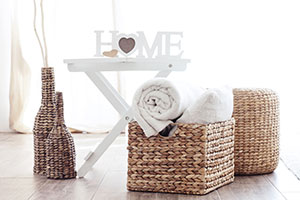 Living with small spaces ultimately means you have to compromise, but that doesn’t mean going without. Thought about carefully, you can pack lots in without feeling cramped and can still enjoy style, comfort and an open feel.
Living with small spaces ultimately means you have to compromise, but that doesn’t mean going without. Thought about carefully, you can pack lots in without feeling cramped and can still enjoy style, comfort and an open feel.
With soaring real estate prices, more and more people are finding themselves living in smaller homes. While there’s some bad news to that, there’s good news also in that modern designs are evolving to ensure maximum storage and streamlined effects that perfectly compliment small-scale living.
